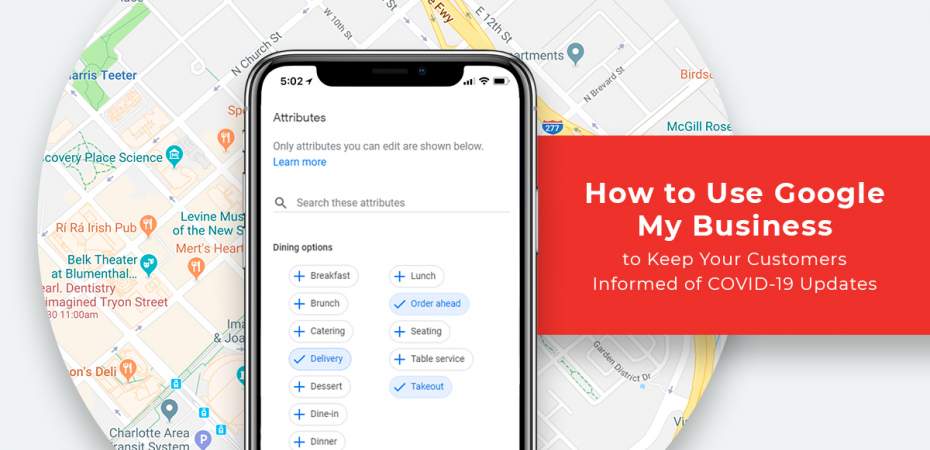May 5, 2020
| Article | by REQ Content | Search Engine Optimization
Visual Search is a New Paradigm for Consumer Experience
Imagine that you walk into your friend’s living room and see an awesome armchair. It’s something that would look great at your own place. Unfortunately, the company that made the chair no longer exists—but still, you’d consider buying a similar chair if you could find one.
With visual search, you can do that. Visual search is a way to find items on the web using photos instead of words. So, you can take a photo of your friend’s chair and search the internet for a lookalike.
While you may have seen the phrase “visual search” used in a few different ways, this definition—also known as content-based image retrieval—is the one brands need to understand. Instead of analyzing various types of text, visual search algorithms analyze the shapes in the image. Results are based on the actual content of the image, not metadata or “alt text.” The result is a kind of augmented-reality experience: you’re finding online information based on what’s there, offline, before your eyes, and not a question you formulated for Google to answer.
Why Visual Search Matters
Right now, visual search is a fast-growing trend, but does it matter?
Early data seems to support it.
Pinterest has a tool called Pinterest Lens and is one of the customer-facing frontrunners in this space. According to Pinterest, 80% of their users have shopped with visual search and 61% of consumers say that visual search elevates their in-store shopping experience.
According to Grit Daily, “BooHoo, a UK e-commerce retailer considered in some circles a potential challenger to ASOS, saw its overall page visits increase by 125% for those using Camera Search function … and also enjoyed an 85% higher conversion rate for those using Camera Search.”
Start-ups developing visual search solutions have found solid fundraising and sales success, including ViSenze and Donde Search.
While it’s still an emerging technology, this data supports the relevance of visual search and suggests that the tech (and market) surrounding visual search won’t stagnate anytime soon.
How Brands Are Applying Visual Search
E-commerce and consumer retail brands have been among the quickest to adopt visual search. For example, Glasses USA lets customers snap a photo of any pair of glasses to find a similar style. Nordstrom has done something similar, using visual search to make its extensive catalog more easily accessible.
However, visual search isn’t just a retail phenomenon. Search engines are making it ubiquitous—something people can use in every area of their everyday lives to interact with the internet in a different way. Bing made big strides in this area in 2017, later followed by Google Lens.
Using Google Lens, you can do some cool, futuristic things. For example, you can use the image of a restaurant menu to find out what the best dishes are, according to online reviews. You can point your phone at well-known landmarks in an area to learn more about their history and significance. You can instantly translate text from a photo, and you can even use visual search to identify the species of a plant or animal.
This breakthrough technology will have far-reaching SEO applications, since it’s bridging the gap between real life and the internet, making search an even bigger part of our everyday lives. Soon, every brand will have opportunities to optimize its web presence—not only for keywords but also for increasingly popular visual search pathways.
The Challenges Ahead for Brands
Visual search is really a new paradigm; it’s a new way for customers to interact with products and brands. Top questions for leaders to ask themselves include:
- Will we target any particular products with visual search?
- Is visual search a good fit for our customer base?
- Which brick-and-mortar retailers or organizations might we want to outfit with our products to catalyze visual search?
- What will users see when visual search leads them to our site?
- Will we partner with visual search leaders, such as Pinterest, to promote our products through visual search?
These are just a few of the questions that are becoming relevant thanks to this paradigmatic technology. Taking advantage of visual search for maximum ROI will require strategic thought and swift action for brands that want to capitalize on the early-mover advantage.

